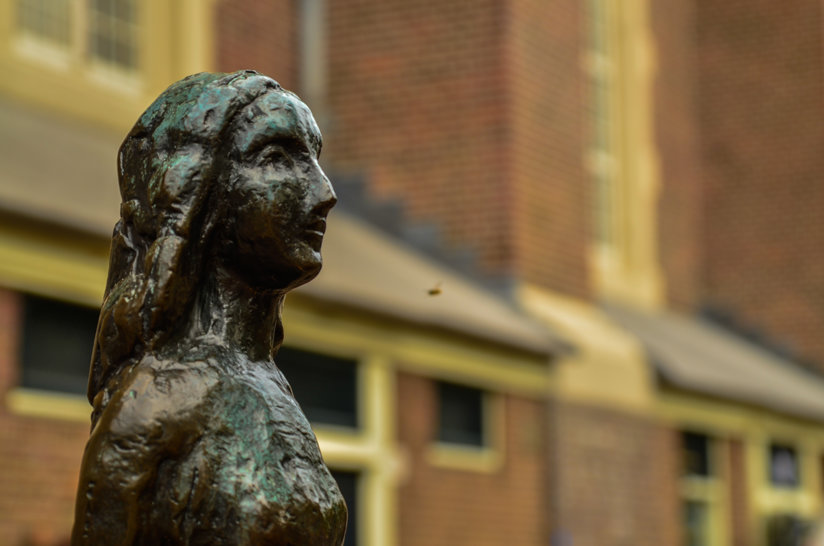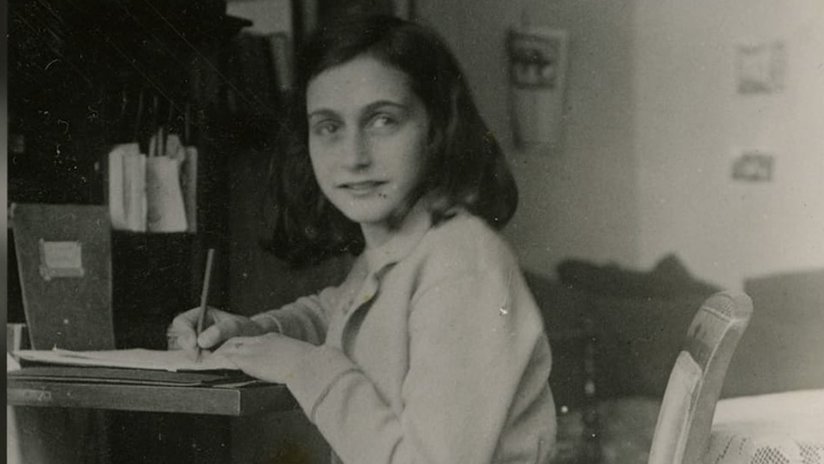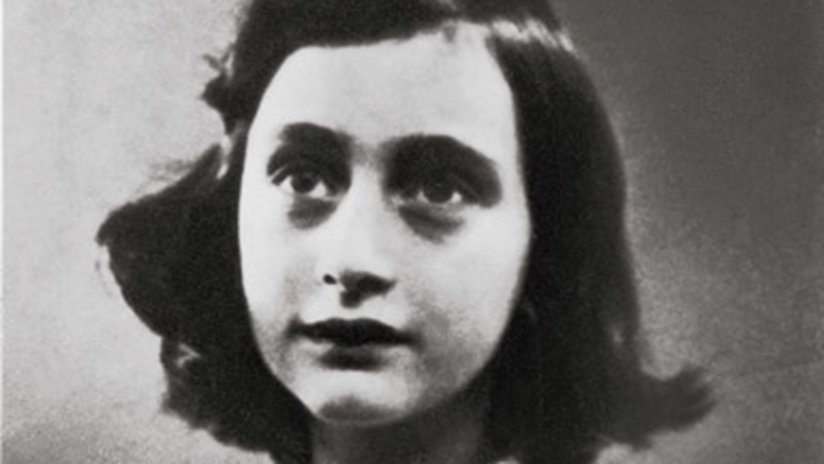
-
HOME
-
WHAT IS STANDOur Mission Our Values Our Help Contact
-
WHAT WE FIGHT FORReligious Freedom Religious Literacy Equality & Human Rights Inclusion & Respect Free Speech Responsible Journalism Corporate Accountability
-
RESOURCESExpert Studies Landmark Decisions White Papers FAQs David Miscavige Religious Freedom Resource Center Freedom of Religion & Human Rights Topic Index Priest-Penitent Privilege Islamophobia
-
HATE MONITORBiased Media Propagandists Hatemongers False Experts Hate Monitor Blog
-
NEWSROOMNews Media Watch Videos Blog
-
TAKE ACTIONCombat Hate & Discrimination Champion Freedom of Religion Demand Accountability
Why They’re Still Trying to Stop Anne Frank
Anne Frank felt she was “a bundle of contradictions.”
“As I’ve told you many times,” she wrote in her diary, “I’m split in two. One side contains my exuberant cheerfulness, my flippancy, my joy in life and, above all, my ability to appreciate the lighter side of things. By that I mean not finding anything wrong with flirtations, a kiss, an embrace, an off-color joke. This side of me is usually lying in wait to ambush the other one, which is much purer, deeper and finer.”
It was her last entry. Shortly thereafter Nazi soldiers discovered the secret annex that had been her world for 761 days and shipped Anne and her companions to concentration camps where all but one would perish.

Unlike Anne, the memorial which bears her name stands unhidden, a very public symbol of human rights, in Idaho—a state that once was home to the neo-Nazi group “Aryan Nations,” among other white supremacists.
The Anne Frank Memorial depicts her, in sculpture, peering out the window of the secret annex, diary clutched behind her. The Memorial is at the heart of the Wassmuth Center for Human Rights, an educational and resource center named after Bill Wassmuth, a Catholic priest who gave up the cloth to focus on the fight against racism and hate.
75 years later they’re still afraid of her. A 15-year-old girl, long dead.
Anne’s statue was vandalized by neo-Nazis this month, covered with swastika stickers proclaiming We Are Everywhere. Another statue, entitled “The Freedom Spiral,” was similarly defaced.
Authorities were called in, the crime was decried by the Boise police chief, and vigils are being planned. It’s not the first time the memorial has been vandalized, nor, do we expect, will it be the last.
75 years later they’re still afraid of her. A 15-year-old girl, long dead. They came under cover of darkness and the most they could do was put stickers on her form, thinking that may yet stop her—that that may yet extinguish her exuberant cheerfulness, her flippancy, her joy. These things terrify. These things are dangerous to those who can only see darkness and must therefore operate in shadows.
They know what she sees as she peers out that window. She sees into their hearts as only an innocent can see. “In spite of everything I still believe that people are really good at heart,” she wrote. “I can feel the sufferings of millions and yet, if I look up into the heavens, I think that it will all come right, that this cruelty too will end, and that peace and tranquility will return again.”









